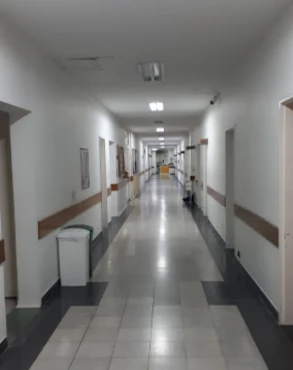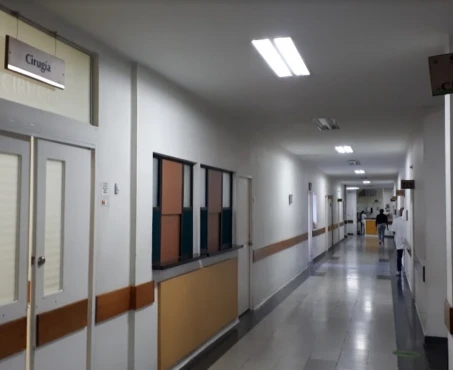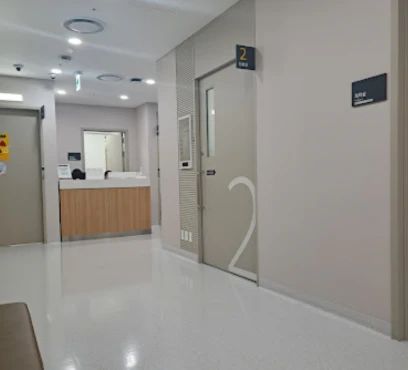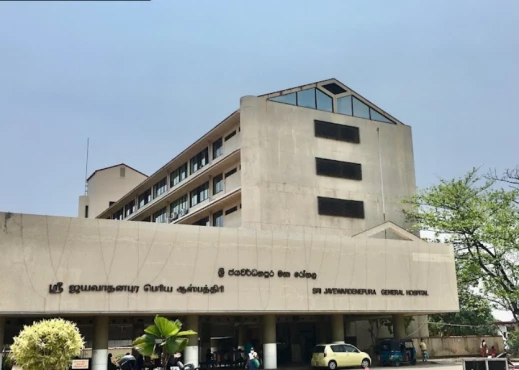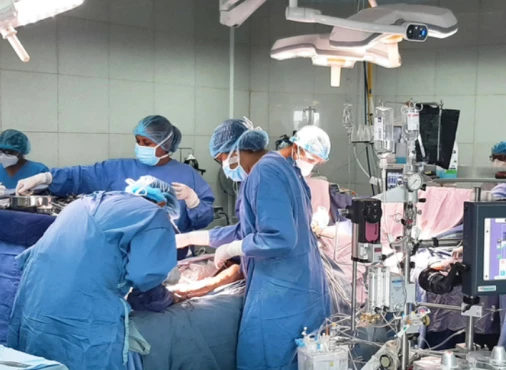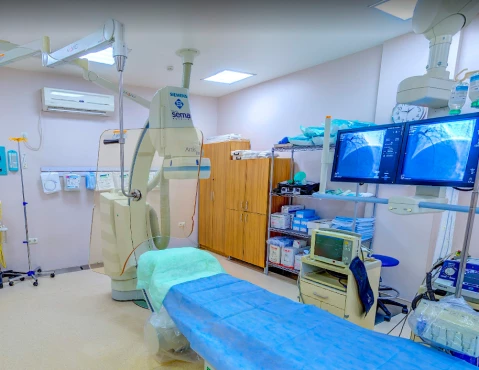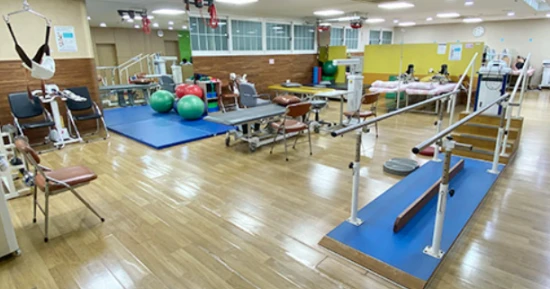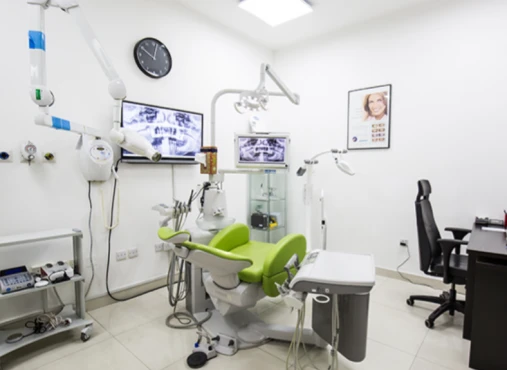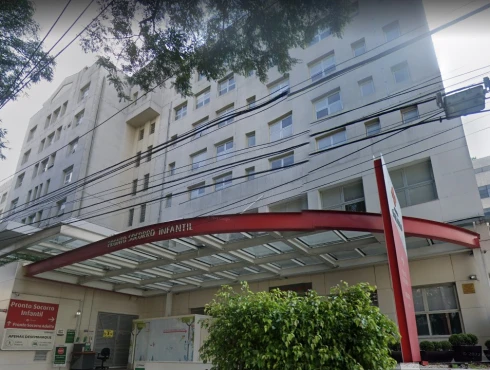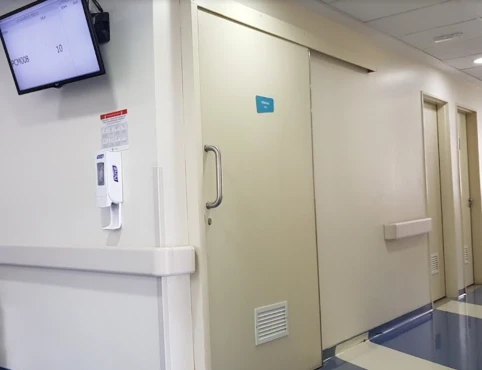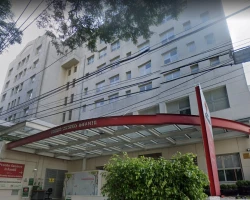Movement Disorders: Unraveling the Complex World of Neurological Conditions
Movement disorders encompass a diverse group of neurological conditions that affect a person's ability to control their voluntary movements. These disorders can manifest in various ways, from tremors and muscle stiffness to involuntary movements and difficulties with balance and coordination. In this comprehensive exploration of movement disorders, we delve into some of the most prominent conditions in this category, including Parkinson's disease, Huntington's disease, Ataxia, and essential tremor.
Introduction
The intricate symphony of movements that humans perform daily, from the simplest tasks like sipping a cup of coffee to the complex choreography of a dance, relies on the precise functioning of the nervous system. When this symphony is disrupted, it gives rise to movement disorders, which can significantly impact a person's quality of life.
Parkinson's Disease: Unmasking the Shaking Palsy
Parkinson's disease, often referred to as "PD," is one of the most well-known movement disorders. Named after Dr. James Parkinson, who first described it in 1817, this chronic and progressive neurological condition affects millions of people worldwide. PD primarily results from the loss of dopamine-producing cells in the brain, specifically in the substantia nigra region. Dopamine is a neurotransmitter that plays a crucial role in coordinating smooth and controlled movements.
Symptoms of Parkinson's Disease
- Tremors: Involuntary shaking, typically starting in the hands.
- Bradykinesia: Slowness of movement, making simple tasks time-consuming.
- Muscle Rigidity: Stiffness of muscles that can lead to pain and limited mobility.
- Postural Instability: Difficulty maintaining balance, increasing the risk of falls.
- Non-motor Symptoms: These include depression, sleep disturbances, and cognitive changes.
Treatment of Parkinson's Disease
Medications play a pivotal role in the management of Parkinson's disease, with the primary objective being the augmentation of dopamine levels in the brain or the emulation of dopamine's effects. Several medications are commonly employed for this purpose:
- Levodopa: Levodopa stands as the most efficacious medication for alleviating motor symptoms associated with Parkinson's disease. Typically, it is administered in combination with carbidopa to prevent levodopa's breakdown in the bloodstream before reaching the brain.
- Dopamine Agonists: These drugs serve to stimulate dopamine receptors within the brain and can be employed either independently or in conjunction with levodopa.
- COMT Inhibitors: Catechol-O-methyltransferase (COMT) inhibitors, such as entacapone, function to extend the effectiveness of levodopa by impeding its degradation.
- MAO-B Inhibitors: Monoamine oxidase type B (MAO-B) inhibitors, exemplified by selegiline and rasagiline, contribute to the elevation of dopamine levels by inhibiting its breakdown.
Deep Brain Stimulation (DBS): When individuals no longer respond effectively to medication or experience motor fluctuations, deep brain stimulation (DBS) may be contemplated as a viable treatment option. This surgical procedure involves the insertion of electrodes into specific brain regions, such as the subthalamic nucleus or globus pallidus. These electrodes are connected to a neurostimulator resembling a pacemaker, which emits electrical signals to regulate abnormal brain activity. DBS has demonstrated the potential to significantly alleviate motor symptoms and enhance overall functionality.
Huntington's Disease: Unraveling the Genetic Puzzle
Huntington's disease, often abbreviated as "HD," is a genetic movement disorder that presents a complex clinical picture. Unlike some other movement disorders, HD is an autosomal dominant genetic disorder, meaning that if a person inherits the mutated gene responsible for HD from one of their parents, they will eventually develop the disease.
Symptoms of Huntington's Disease
- Chorea: Rapid, involuntary movements that can affect the face, limbs, and trunk.
- Cognitive Decline: Impaired thinking, reasoning, and memory.
- Emotional Disturbances: Mood swings, depression, and irritability.
- Rigidity: Muscle stiffness similar to Parkinson's disease.
Genetic Basis of Huntington's Disease
HD is caused by a mutation in the HTT gene, which leads to the production of abnormal huntingtin protein. This mutated protein accumulates in the brain, causing damage to nerve cells.
Management of Huntington's Disease
While there is no cure for HD, treatment focuses on managing symptoms and improving the patient's quality of life. Medications can help control chorea and manage psychiatric symptoms. Multidisciplinary care teams, including physical and occupational therapists, play a crucial role in providing comprehensive care for HD patients.
Ataxia: The Disorder of Coordination
Ataxia is a movement disorder characterized by a lack of coordination and control over voluntary movements. It can affect various parts of the nervous system, including the cerebellum, spinal cord, and peripheral nerves. Ataxia can be inherited (hereditary ataxia) or acquired due to other underlying conditions.
Symptoms of Ataxia
- Gait Disturbances: Unsteady and staggering walking pattern.
- Limb Incoordination: Difficulty with precise movements, such as picking up objects.
- Slurred Speech: Difficulty articulating words.
- Vision and Hearing Problems: Some forms of ataxia can lead to sensory impairments.
Types of Ataxia
There are many different types of ataxia, each with its own underlying causes. Some common forms include spinocerebellar ataxia (SCA), Friedreich's ataxia, and episodic ataxia.
Treatment of Ataxia
Management of ataxia varies depending on its underlying cause. For acquired ataxia, addressing the primary condition, such as multiple sclerosis, may improve symptoms. Physical therapy and assistive devices can help individuals with ataxia regain some motor function.
Essential Tremor: The Rhythmic Quiver
Essential tremor (ET) is a common movement disorder characterized by rhythmic shaking or tremors, typically in the hands and arms. Unlike Parkinson's disease, ET tremors occur during both rest and purposeful movement. The exact cause of essential tremor remains elusive, but it often runs in families, suggesting a genetic predisposition.
Symptoms of Essential Tremor
- Tremors: Involuntary shaking, commonly affecting the hands, head, and voice.
- Worsening with Movement: Tremors become more pronounced when attempting tasks.
- Impact on Daily Life: ET can interfere with activities like eating, writing, and speaking.
Treatment of Essential Tremor
While there is no cure for ET, several treatment options can help manage symptoms. Medications such as beta-blockers and anticonvulsants may provide relief. In severe cases, surgical interventions like deep brain stimulation (DBS) can effectively control tremors.
Conclusion
Movement disorders encompass a wide range of conditions, each with its unique characteristics and challenges. While some, like Parkinson's disease and Huntington's disease, have a known genetic basis, others, like ataxia and essential tremor, present a complex clinical landscape. Understanding the underlying causes, symptoms, and available treatments for these disorders is crucial in providing effective care and improving the quality of life for those affected by them. As researchers continue to unravel the mysteries of the nervous system, hope remains for more targeted therapies and potential cures in the future.




















